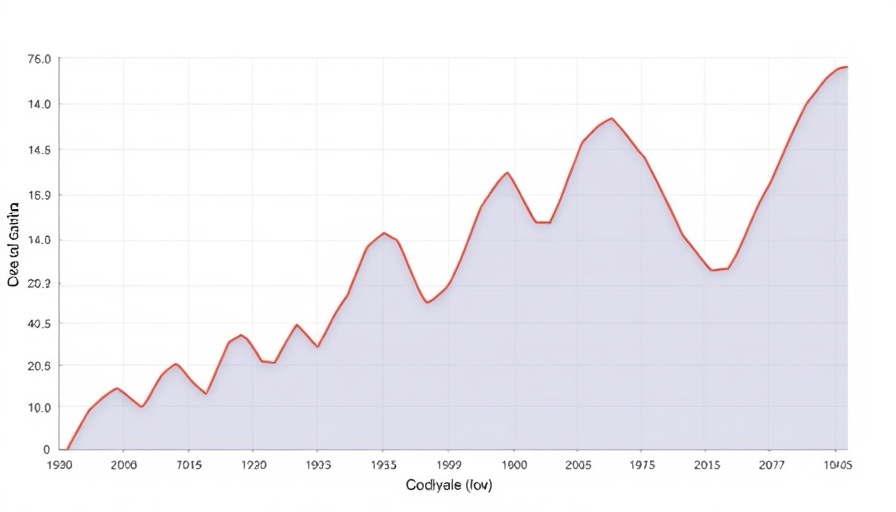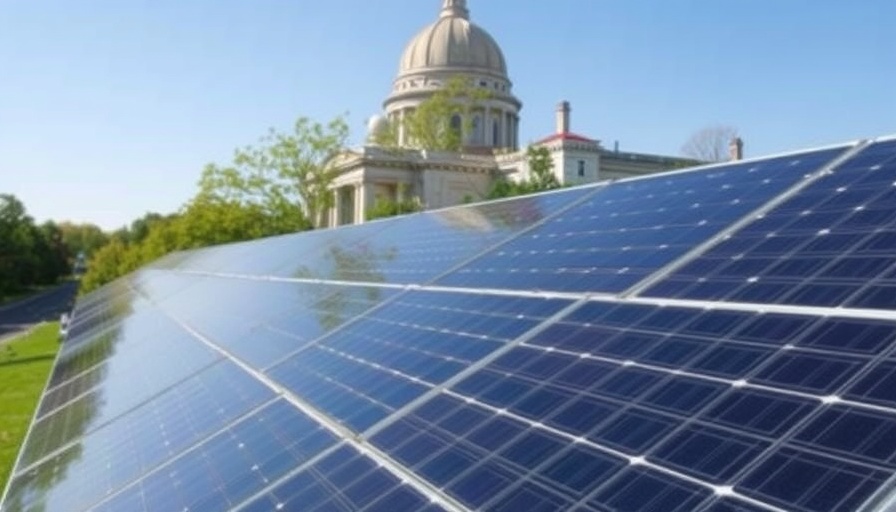
The Rise of Solar Energy: A Data-Driven Overview
In recent years, solar energy has taken center stage as a sustainable solution for energy needs, particularly among homeowners and businesses looking to lower their energy bills and increase property value. One graph circulating within the solar community effectively illustrates the trajectory of solar energy adoption and its positive effects on both individual and collective levels.
Understanding the Current Landscape
The graph in question depicts a striking correlation between time and the decrease in solar panel costs alongside an increase in installations across various geographic regions. As of now, homeowners aged 30-65, who are primarily interested in reducing energy costs, are among the largest groups investing in solar energy systems. This demographic not only appreciates reduced utility bills but also the increase in home value—a powerful motivator in today's real estate market.
Why This Data Matters: Energy Costs and Climate Impact
With energy costs consistently on the rise, the transition to solar energy emerges as a vital financial and ecological solution. Homeowners are increasingly motivated by the long-term savings associated with solar panel installations, as they lead to lower energy bills and, often, government incentives. Additionally, the push for sustainable practices is influencing consumer choices, with eco-conscious individuals more likely to invest in renewable energy technologies. This brings us to the broader context of climate change and its pressing relevance; by adopting solar energy, individuals can directly contribute to reducing their carbon footprint.
Success Stories in the Solar Industry
Numerous success stories have emerged as communities rally around renewable energy initiatives. For instance, in states like California and Arizona, solar energy adoption rates are soaring, with many local governments supporting initiatives to streamline the process. Residents of these areas often report satisfaction not just with the savings, but also with the enhanced quality of life that comes from contributing to a cleaner environment.
Challenges Ahead: Addressing Misconceptions
Despite the promising trends, misconceptions about solar energy persist. Many potential users are deterred by upfront costs or believe that solar panels will not be effective in areas with less sunlight. However, technological advancements have made solar solutions viable even in less sunny climates. Engaging with the community and sharing educational resources can dispel these myths, allowing more homeowners to understand the actual benefits of transitioning to solar energy.
Future Trends: What Lies Ahead for Solar Energy
The future of solar energy seems bright, and predictions indicate it will play a significant role in energy production over the next few decades. Continued advancements in battery storage technology promise to enhance the efficiency and reliability of solar systems, allowing homeowners to store excess energy for use during non-sunny periods. Moreover, as more countries invest in renewable energy, the global market for solar products is expected to grow, spawning new innovations and reducing costs even further.
Take Action: The Power of Renewable Energy
As we navigate the complex landscape of energy needs and ecological responsibilities, now is the time for homeowners, businesses, and communities to embrace solar energy. By investing in solar technology, individuals not only save money but also contribute to a sustainable future. If you have yet to consider solar, it's essential to explore this opportunity further—both for personal benefits and for global sustainability.
 Add Row
Add Row  Add
Add 



 Add Row
Add Row  Add
Add 
Write A Comment